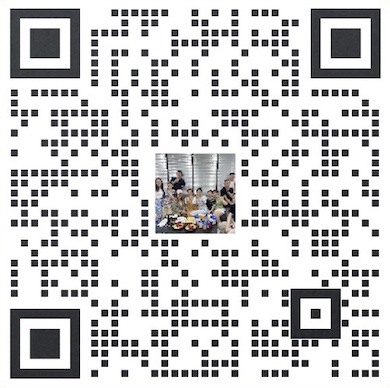
7x9小时
9:00am - 6:00pm
免费售前热线
13338363507
Seamless Integration: Bridging Cloud CRM with ERP Systems
2024-02-06
In today's business environment, the integration of Customer Relationship Management (CRM) systems with Enterprise Resource Planning (ERP) systems has become increasingly important. This seamless integration allows for a more efficient and effective flow of information between sales, marketing, customer service, and other departments within an organization. By bridging the gap between these two critical systems, businesses can gain a competitive edge and improve their overall operations.
One of the key benefits of integrating CRM with ERP systems is the ability to streamline processes and improve data accuracy. When customer data is shared between the two systems, it eliminates the need for manual data entry and reduces the risk of errors. This not only saves time and resources but also ensures that all departments have access to the most up-to-date and accurate information. For example, when a sales representative updates a customer's contact information in the CRM system, that information is automatically reflected in the ERP system, ensuring that the customer's data is consistent across all platforms.
Furthermore, the integration of CRM and ERP systems allows for better visibility and insight into customer interactions and transactions. By combining sales, marketing, and customer service data with financial and inventory information, businesses can gain a more comprehensive view of their customers' behavior and preferences. This enables them to make more informed decisions and tailor their products and services to better meet the needs of their customers. For example, by analyzing customer purchase history and preferences from the CRM system alongside inventory levels and production schedules from the ERP system, businesses can better anticipate and fulfill customer demand.
Additionally, the seamless integration of CRM with ERP systems can lead to improved customer satisfaction and loyalty. With a more holistic view of customer data, businesses can provide more personalized and responsive service to their customers. For example, when a customer contacts customer service with a question about their order, the representative can quickly access the customer's purchase history, shipping status, and payment information from the ERP system, as well as their previous interactions and preferences from the CRM system. This allows the representative to provide a more tailored and efficient resolution to the customer's inquiry, ultimately leading to a more positive customer experience.
In conclusion, the seamless integration of CRM with ERP systems is essential for businesses looking to improve their operations and gain a competitive edge. By bridging the gap between these two critical systems, businesses can streamline processes, improve data accuracy, gain better visibility and insight into customer interactions, and ultimately improve customer satisfaction and loyalty. As technology continues to advance, the integration of CRM with ERP systems will only become more important for businesses looking to thrive in today's competitive marketplace.
↓Scan code to addqiqueadviser↓

↑Learn more digital scenes↑
Extended Reading:
Auditing and Monitoring: Ensuring Compliance in Cloud-Based CRM Managing Data Residency and Sovereignty in Cloud CRM Ethical Considerations in Cloud CRM Security: Building Trust Disaster Recovery and Business Continuity in Cloud-Based CRM Secure Cloud Collaboration: Managing Permissions and Permissions Regulatory Landscape for Cloud CRM: Navigating Legal Challenges Access Controls and Identity Management in Cloud CRM Systems Data Encryption Strategies: Ensuring Secure Transactions in Cloud CRM GDPR Compliance in Cloud-Based CRM: Protecting Customer Privacy Cybersecurity in Cloud CRM: Safeguarding Against Threats more>>
Useful
Useless
Share on WeChat
Open within mini program
![]()
Open WeChat to "scan" and forward to friends
Open WeChat "Scan" and open it in the mini program
关闭预览


